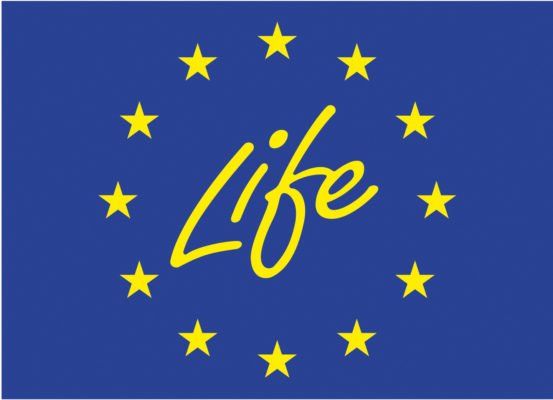Buffer Zones in the Baltic Sea Region
DESCRIPTION
Buffer zones are strips of vegetation between the surrounding land and water bodies such as streams, rivers and lakes. Buffer zones are used to avoid negative environmental impacts in forestry and agriculture. Benefits that buffer zones provide include improving water quality, enhancing fish and wildlife habitat, protecting soil resources and beautifying the landscape.
The use of buffer zones in the Baltic Sea region varies between countries due to different national legislation and other regulations. To take stock of the situation concerning use of buffer zones in the Baltic Sea countries an investigation was undertaken in 2022 based on a questionnaire which was distributed among CCB Member Organizations.
The study aimed to serve as a basis for a joint informational CCB Buffer Zone Campaign to draw attention to different practices regarding buffer zones in the CCB MOs countries and allow us to push for compulsory use of buffer zones in forests as well as in farmlands around the Baltic Sea.
Co-funded by the European Union. Views and opinions expressed are however those of the author(s) only and do not necessarily reflect those of the European Union or CINEA. Neither the European Union nor the granting authority can be held responsible for them.
Year
2024
Language
English
Area
Biodiversity, Climate change, Hazardous substances , Eutrophication